Science
Science provides an empirical way of answering interesting and important questions about the biological, physical and technological world. The knowledge it produces has proved to be a reliable basis for action in our personal, social and economic lives. Science is a dynamic, collaborative and creative human endeavour arising from our desire to make sense of our world through exploring the unknown, investigating universal mysteries, making predictions and solving problems. Science aims to understand a large number of observations in terms of a much smaller number of broad principles. Science knowledge is contestable and is revised, refined and extended as new evidence arises.
The Australian Curriculum: Science provides opportunities for students to develop an understanding of important science concepts and processes, the practices used to develop scientific knowledge, of science’s contribution to our culture and society, and its applications in our lives. The curriculum supports students to develop the scientific knowledge, understandings and skills to make informed decisions about local, national and global issues and to participate, if they so wish, in science-related careers.
In addition to its practical applications, learning science is a valuable pursuit in its own right. Students can experience the joy of scientific discovery and nurture their natural curiosity about the world around them. In doing this, they develop critical and creative thinking skills and challenge themselves to identify questions and draw evidence-based conclusions using scientific methods. The wider benefits of this ‘scientific literacy’ are well established, including giving students the capability to investigate the natural world and changes made to it through human activity.
The ability to think and act in scientific ways helps build the broader suite of capabilities in students as confident, self-motivated and active members of our society.
- Plus Plan
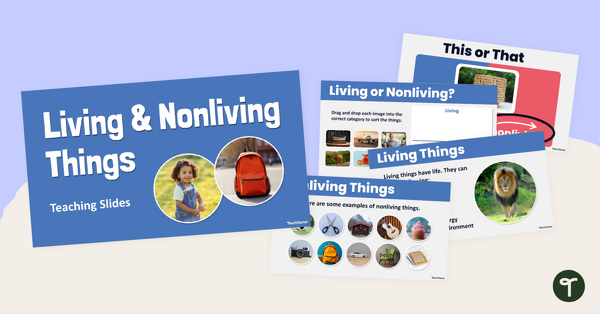
Living and Non-Living Things Teaching Slides
Discover living and nonliving things with an engaging Living vs. Nonliving things teaching slide deck.
- Plus Plan
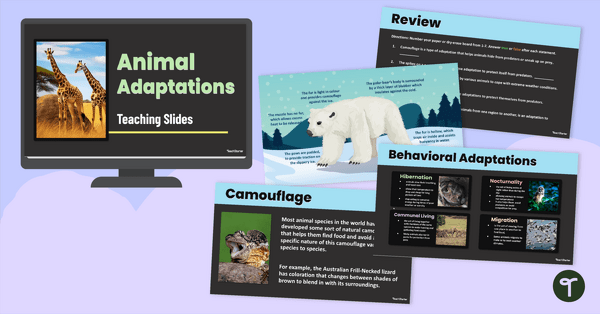
Animal Adaptations PowerPoint
Teach your students about the behavioural, structural, and physiological adaptations of animals with an interactive teaching slide deck.
- Plus Plan
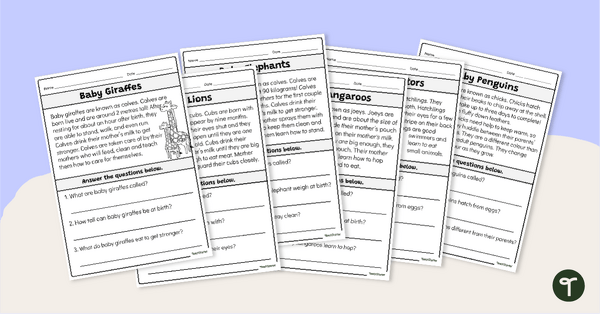
Baby Animals Reading Worksheets - Year 1-2
Learn about animals and their babies with a pack of printable Animal Babies Reading Worksheets for Years 1 & 2.
- Plus Plan
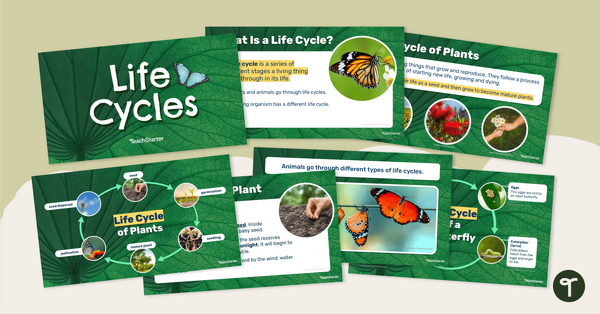
Life Cycles – Teaching Presentation
Teach your students about life cycles of plants and animals with this 19-slide teaching presentation.
- Plus Plan
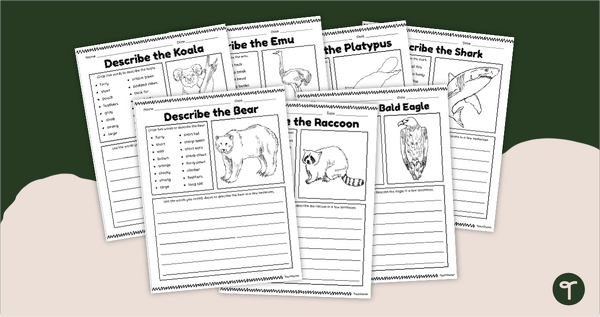
Animal Adaptations - Informative Writing Prompt Worksheets
Write to describe animals and their adaptations with a printable pack of informative writing worksheets.
- Plus Plan

Planets of Our Solar System – Teaching Slides
Explore information about the planets in our solar system and their position in relation to the Sun.
- Free Plan
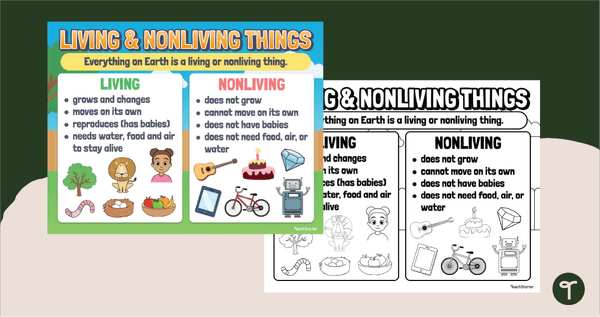
Living and Non-Living Things Poster
Highlight the differences between living and non-living things with an illustrative Living vs. Nonliving Things Anchor Chart
- Plus Plan
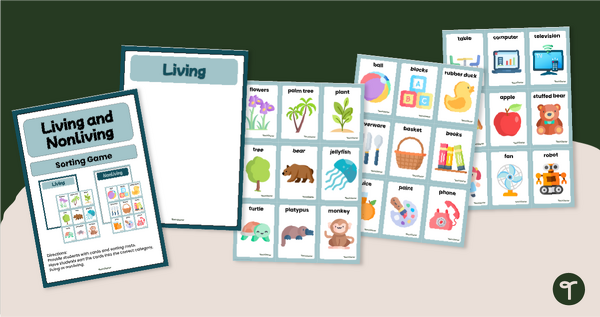
Living & Non-Living Things - Picture Sort
Sort biotic vs. abiotic things and discuss their characteristics with a hands-on living vs. nonliving picture sort.
- Plus Plan
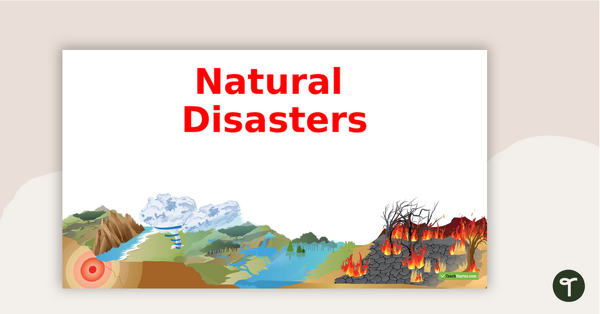
Natural Disasters PowerPoint
A 45 slide editable PowerPoint template for teaching a unit on natural disasters.
- Plus Plan
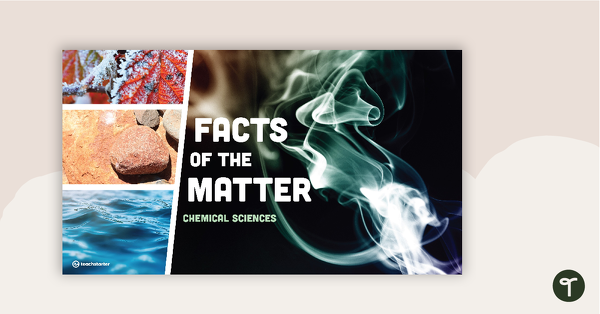
Facts of the Matter PowerPoint Presentation
A 22 slide editable PowerPoint to use when teaching your students about the states of matter in Science.
- Plus Plan
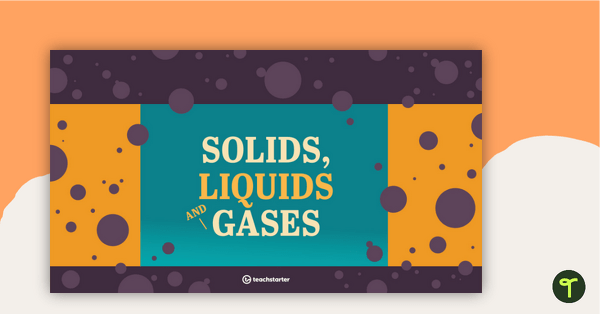
Solids, Liquids and Gases PowerPoint
A 31 slide editable PowerPoint template to use when teaching your students about solids, liquids and gases.
- Plus Plan
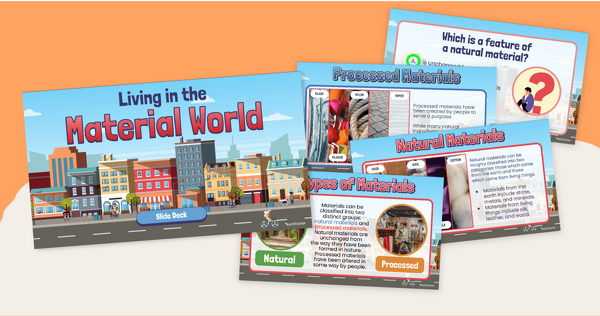
Material World PowerPoint - Processed and Natural Materials
Discover the difference between processed and natural materials with an instructional slide show.
- Plus Plan

Earth, Sun and Moon – Poster Pack
Display these posters with information about the Earth, Sun and moon in your science classroom.
- Plus Plan
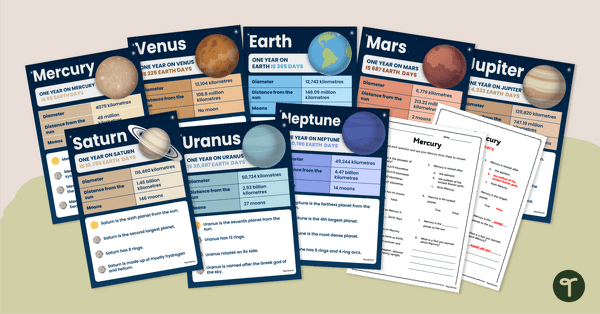
Planets Fact Sheets and Comprehension Worksheets
Learn the facts of each of the planets in our solar system with these fact files and matching comprehension worksheets.
- Plus Plan
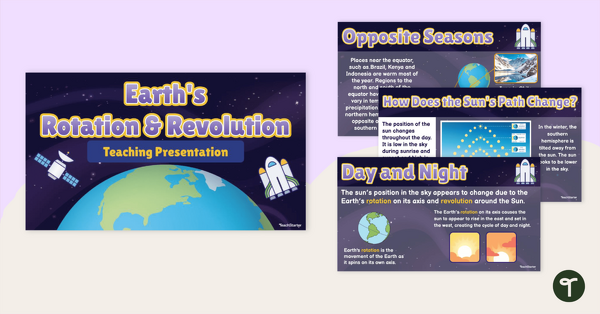
Earth's Rotation and Revolution – Teaching Presentation
Explore the difference between rotation and revolution while learning about the day and night cycle, what causes the seasons to change and more with this teaching presentation.
- Plus Plan
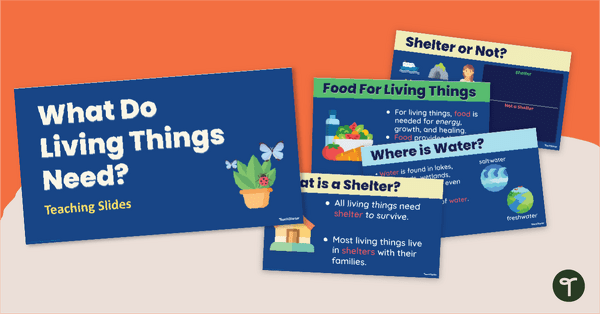
What Do Living Things Need to Survive? PowerPoint
Teach your students what living things need to survive with an engaging, interactive teaching slide deck.
- Plus Plan
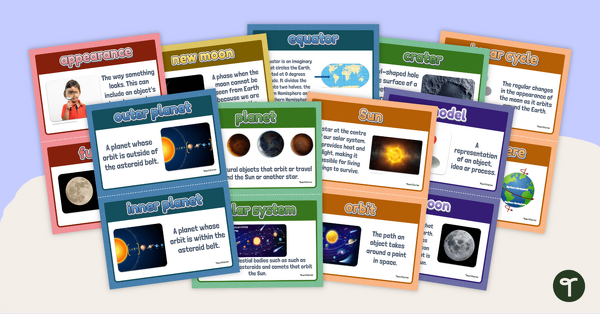
Earth and Space Vocabulary Posters
Display this set of 18 mini-posters in your classroom when learning about Earth and space vocabulary.
- Plus Plan
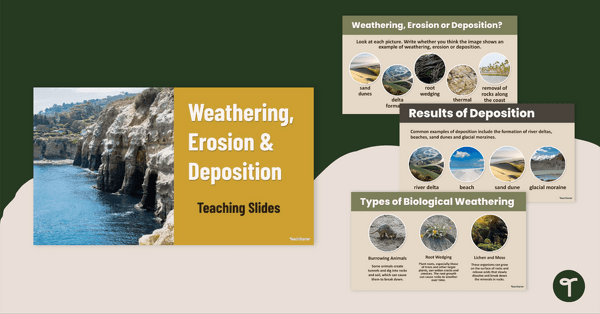
Weathering, Erosion and Deposition – Teaching Slides
Learn about the different types of weathering, effects of erosion, results of deposition and more with this set of teaching slides.
- Plus Plan
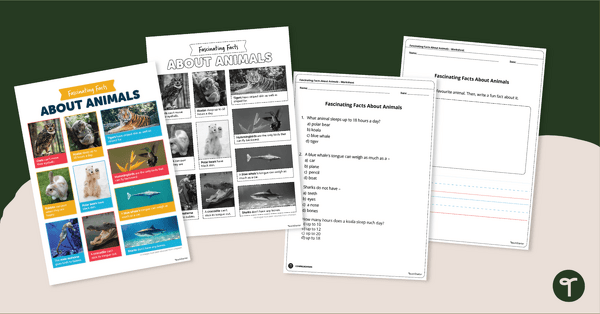
Fascinating Facts About Animals Worksheet
Build reading comprehension skills and learn about amazing animals with a printable year 1 reading comprehension worksheet pack.
- Free Plan
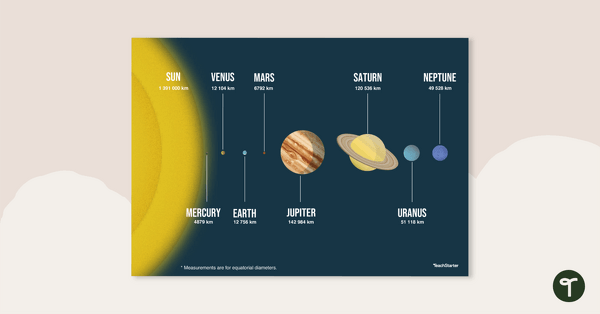
The Solar System to Scale
Display information about the order, scale and the diameter of the planets with this colourful science poster.
- Plus Plan
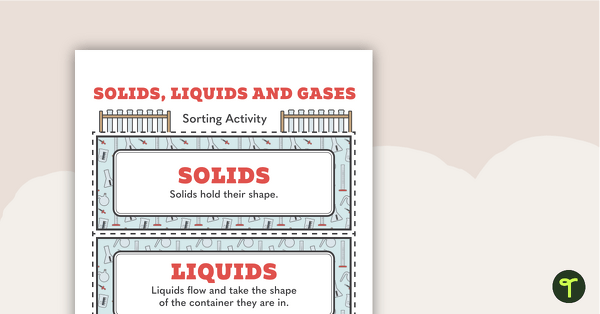
Solids, Liquids and Gases – Sorting Activity
A sorting activity to help students identify solids, liquids and gases.
- Plus Plan
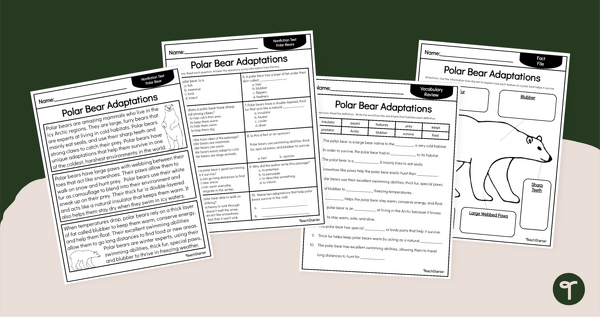
Polar Bear Adaptations Reading Comprehension Pack
Discover polar bear structural adaptations with a set of printable reading comprehension worksheets for Year 3.
- Plus Plan

Giraffe Adaptations - Reading Comprehension Year 3
Read and learn about adaptations of the giraffe with a set of printable Year 3 comprehension activities.
- Plus Plan
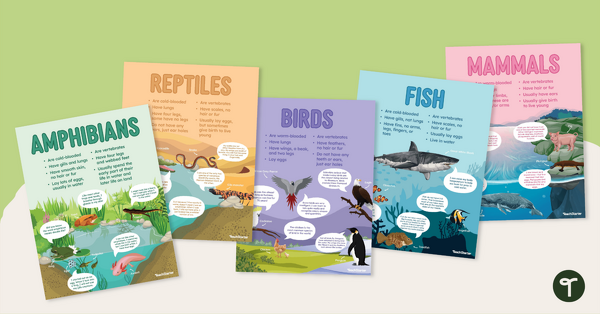
Animal Classification Posters
Display information about birds, mammals, amphibians, fish, and reptiles with this poster pack.
- Plus Plan

Plant and Animal Adaptations - Reading Comprehension Passage
Boost reading comprehension skills with a comprehension passage, with questions, about structural, behavioural and physiological adaptations.
- Free Plan
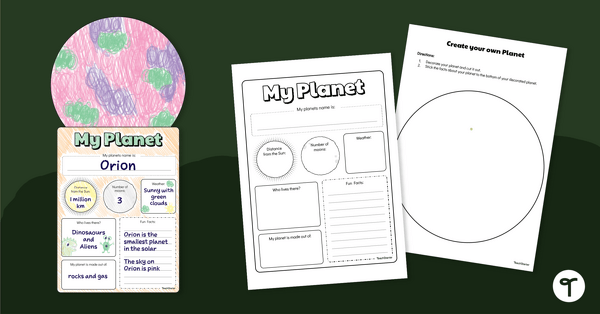
If I Could Create My Own Planet Craft Template
Explore planets and let your students get creative by developing their own planet.
- Plus Plan
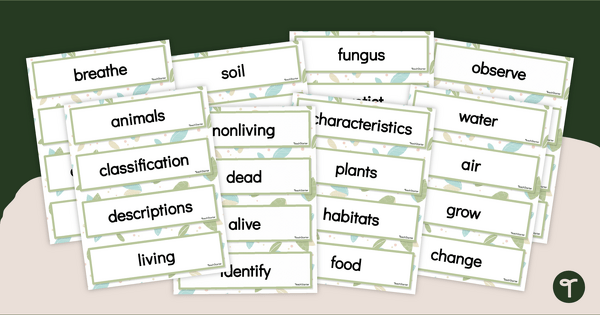
Living and Non-Living Things - Word Wall Vocabulary
Discover the world of living and nonliving things, starting with a printable vocabulary word wall.
- Plus Plan
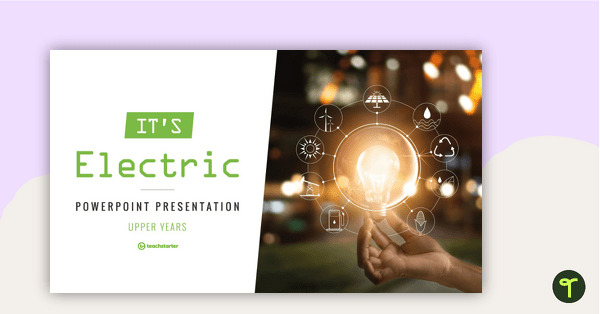
It's Electric! - PowerPoint Presentation
A 23 slide editable PowerPoint to use when teaching your students about electricity in Science.
- Plus Plan
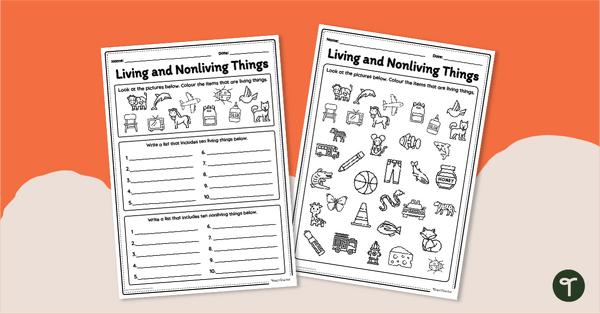
Identify Nonliving and Living Things - Printables
Download a pack of Living or Nonliving? Printables to help your students differentiate between living and nonliving organisms.
- Plus Plan
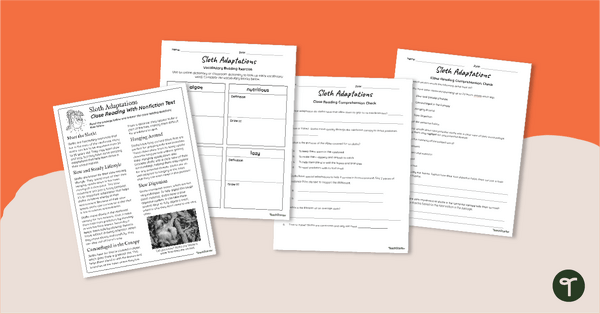
Sloth Adaptations – Comprehension Skills Worksheet
Read and comprehend nonfiction text about the adaptations of a sloth with a printable pack of reading skills worksheets.
- Plus Plan
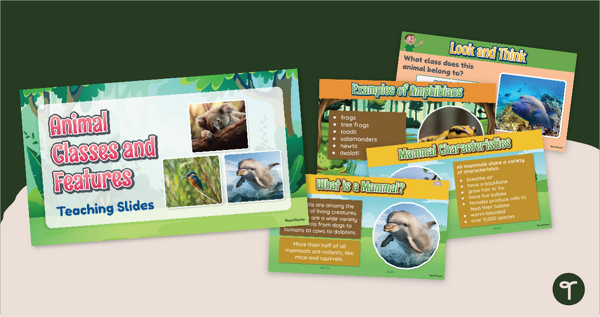
Classification of Animals - PowerPoint
Teach your students about the different classes of animals and their characteristics with an Animal Classification teaching presentation.
- Plus Plan
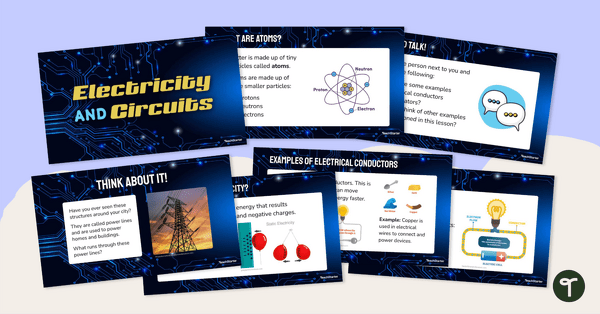
Electricity and Circuits Teaching Slides for Year 6
Use our editable teaching slides to break down the fundamentals of electricity and circuits for your students.